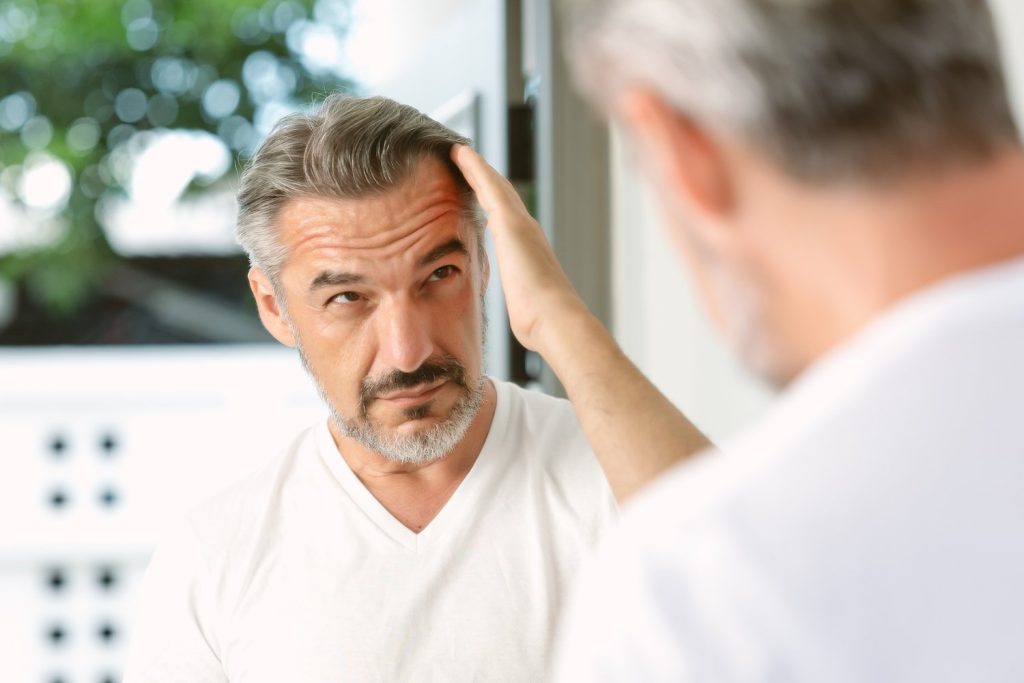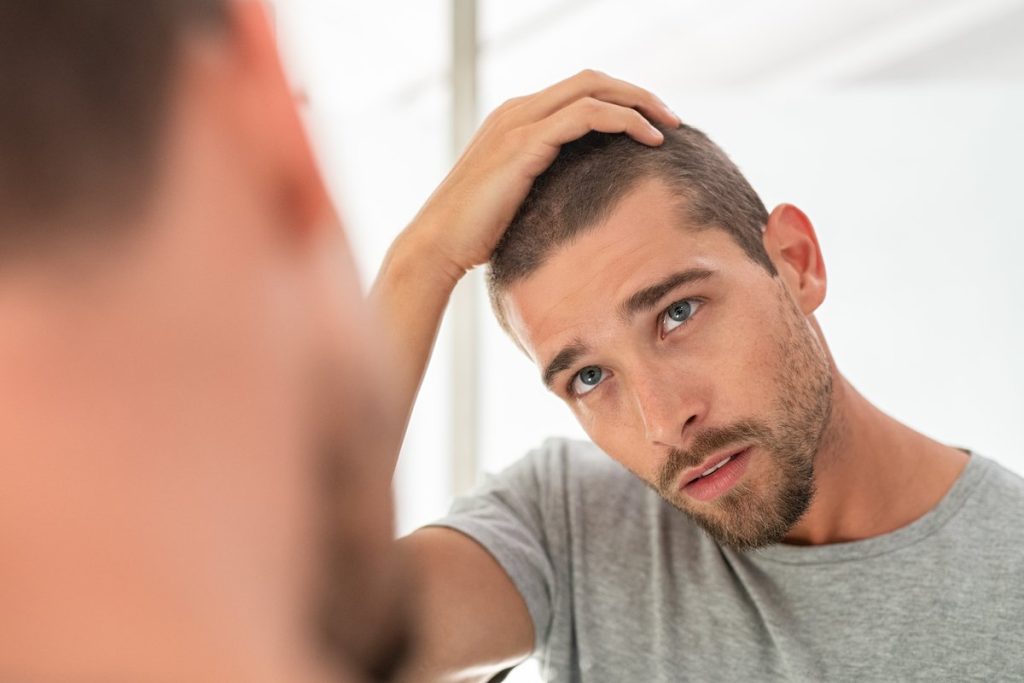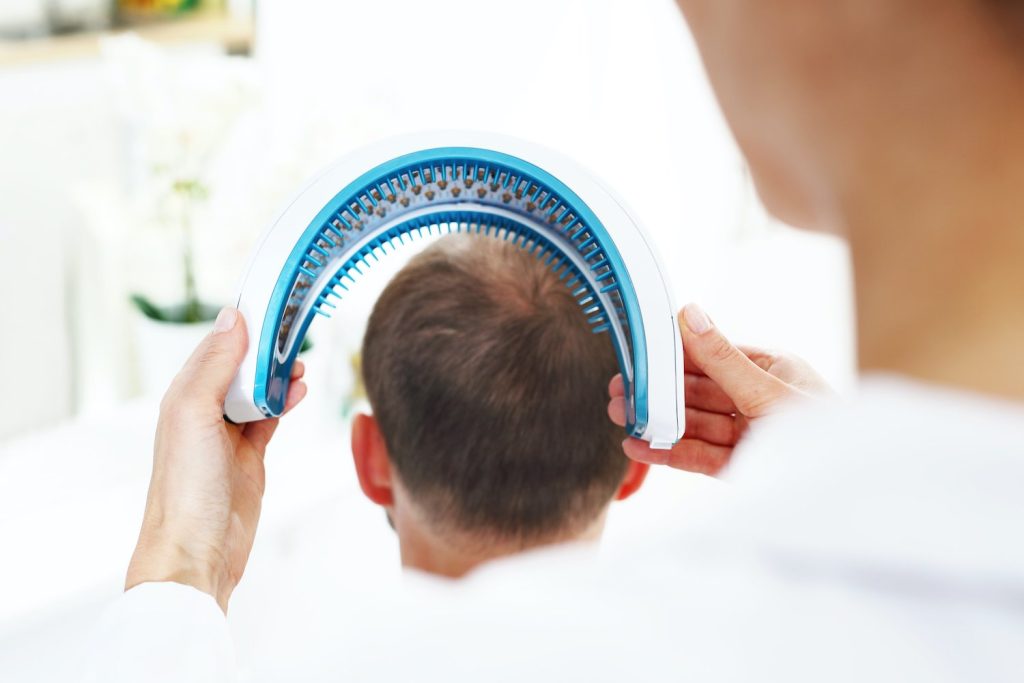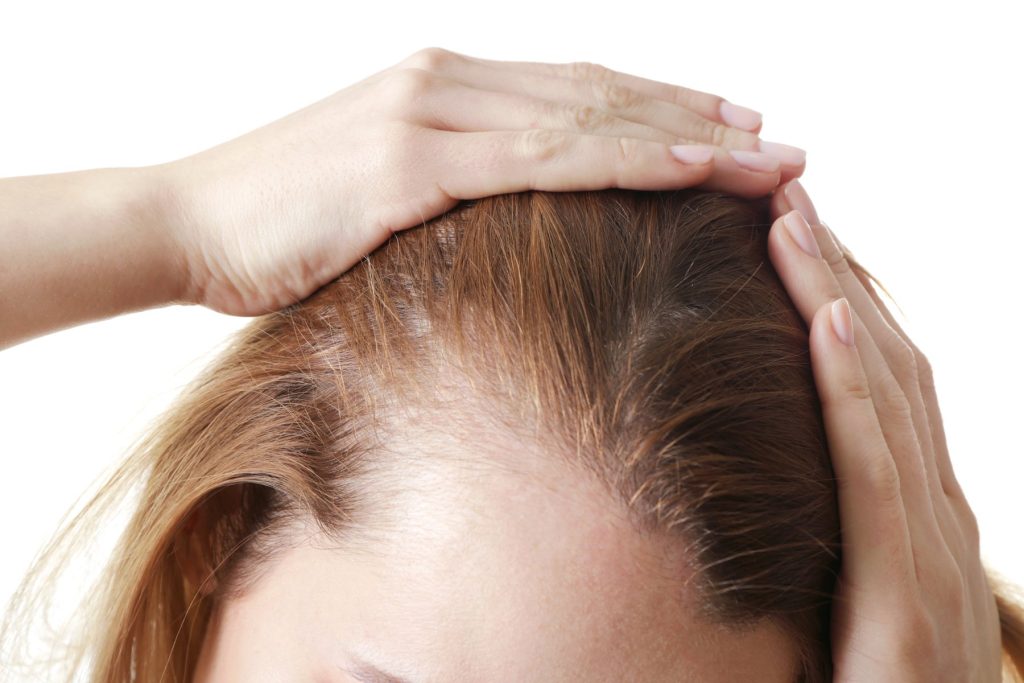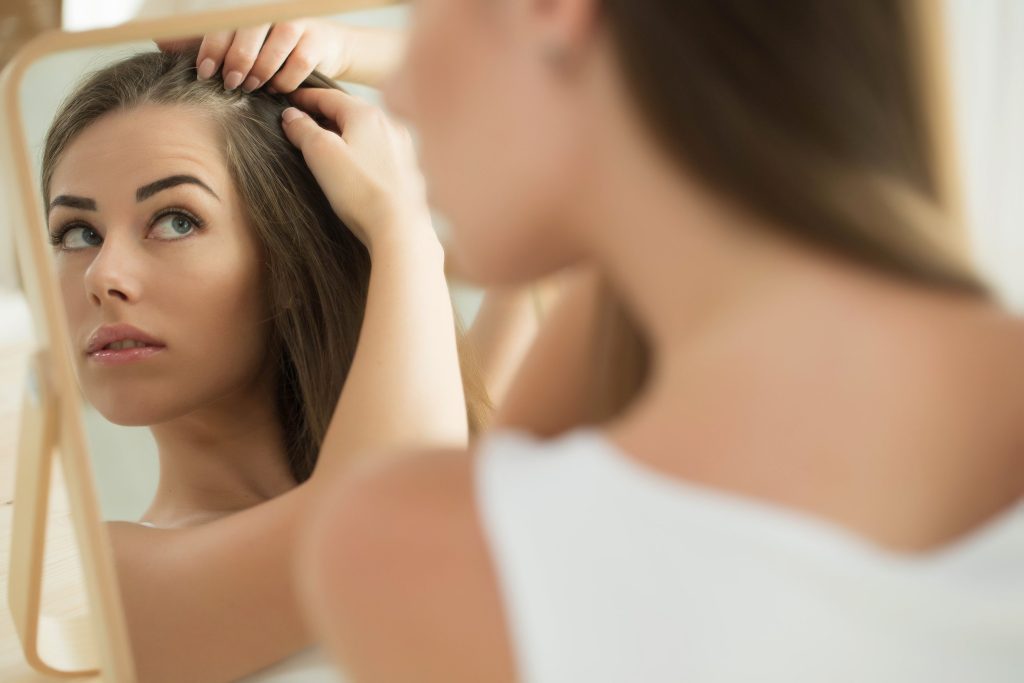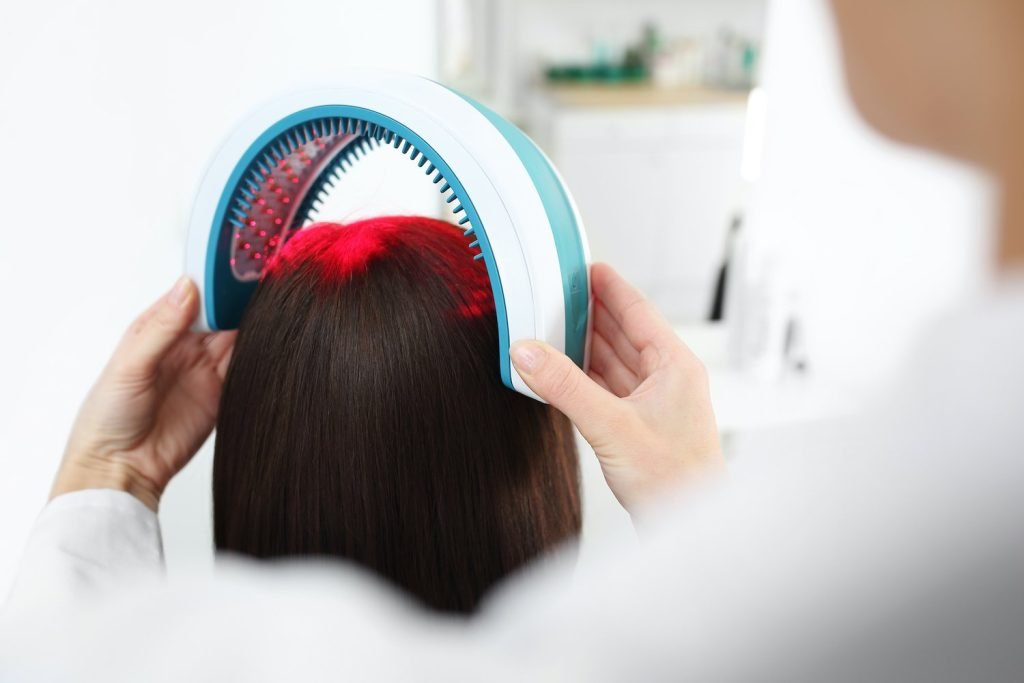- Hairline Clinic - Hair Loss Treatment in Akron and Cleveland Ohio - Schedule FREE Consultation
- 330.285.4815
- CONTACT US
Hair Loss from Excessive Heat: What You Can Do About It
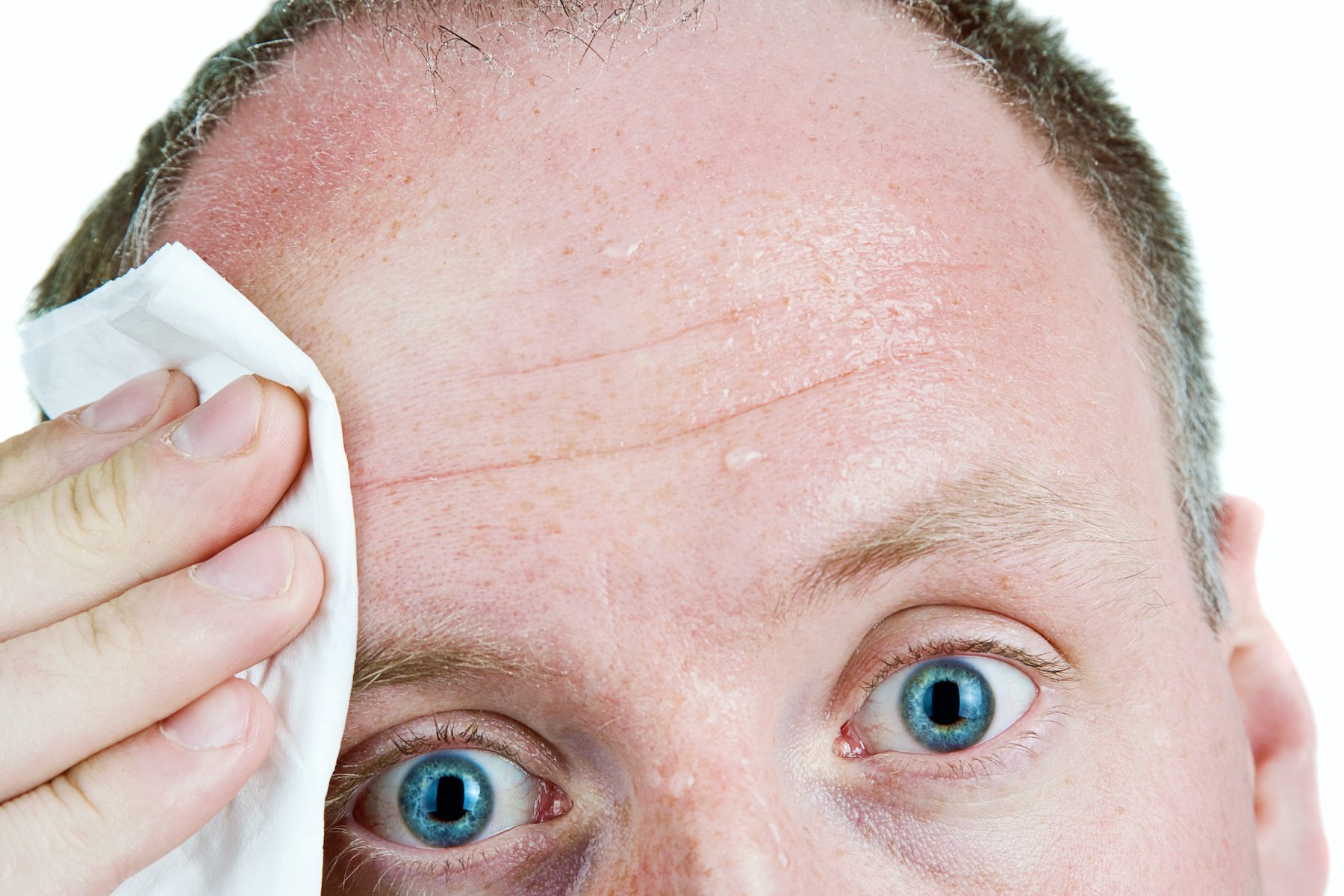
Hot weather and excessive heart can be as damaging a hair dryer. Summertime hair loss can be reversed by cool water – but scalp infections cannot go untreated.
As if droughts, storms, wildfires, and days on end of triple digit temperatures (100º+ Fahrenheit) weren’t enough to worry about with climate change, there’s at least one more thing. It’s hair loss due to excessive heat.
Yes, excessive heat can diminish the quality of your hair and scalp. For the most part, it can worsen hair loss that is already underway. But it can also adversely affect people with relatively healthy, thick hair when breakage occurs midway down the hair shaft, forcing both men and women to start seeking hair loss solutions at the local hair loss treatment clinic.
For the most part this affects individuals who are exposed to high temperatures due to outdoor work, athletic pursuits in high temperatures (runners and bikers take note), and those who worship the sun, temperatures be damned. The effects are similar to when a person uses high-temperature styling tools such as hair dryers, curling irons, and straighteners, although prolonged exposure to heat leads to even worse effects.
There are several reasons why heat can diminish hair health:
- Dry heat removes moisture from the hair, including the natural oils produced from the scalp. When the scalp is dry, it can result in dandruff and seborrheic dermatitis.
- Dry hair might appear duller and thinner when it is dehydrated. In extreme cases, such as someone who must work for hours in high temperature air, the hair shafts themselves are weakened and susceptible to breakage.
- Hair has different phases of growth – anagen (growing phase), catagen (transition phase), telogen (resting phase), and exogen (shedding phase) – and heat tends to cause hair to remain longer than usual in the telogen/resting phase. This has the net effect of hair falling out at a greater rate than is typical.
- For those who work strenuously in high temperature conditions, especially where the air is humid, excessive sweat and dirt can lead to a different set of problems. This provides a breeding ground for bacteria and fungi, which then causes scalp irritation, fungal infections, and inflammation of the hair follicles, otherwise known as folliculitis. Left untreated, folliculitis in severe cases can lead to hair loss in affected areas. This is because chronic inflammation can damage hair follicles and disrupt the normal growth phases. The condition is then referred to as scarring alopecia and it can be permanent.
- Cyclists in particular, as well as any athletes who wear headgear in their sports, should be on the lookout for folliculitis. This can be exacerbated by the helmet trapping heat and moisture, with the added problems of friction from the helmet and bacterial growth in the padding that has contact with the scalp.
The preventive solutions boil down to hygiene, applying antibacterial creams, and cooling down. A mild shampoo is less likely to strip out natural oils while washing away the dirt, bacteria, and fungi. And a cool water rinse will reduce the temperature in the scalp as it reduces the risk of infection. The natural thinning that occurs in hot weather is generally not permanent unless the scalp infections go untreated.
We provide hair loss solutions to men and women suffering from heat-related hair loss at our hair loss treatment clinics in Cleveland and Akron Ohio.
If you are experiencing hair loss from excessive heat, we provide individualized hair loss treatments and hair loss solutions to men and women in Cleveland and Akron, OH. Schedule a FREE confidential consultation and evaluation at our Akron Hair Loss Treatment Clinic or our Cleveland Hair Loss Treatment Clinic by calling 330.633.5225 today!
Hair Loss Treatments
Men's Hair Loss Solutions
Women's Hair Loss Solutions
Men's Hair Loss Solutions
Ready for change? Call our hair loss experts at (330) 285-4815 to schedule a FREE appointment.
HairLine Clinic is an industry leader providing individualized hair loss treatments to men and women experiencing hair loss in Akron and Cleveland, Ohio.


